
It may be summer now, but perhaps some of us have had a bonfire recently? Or possibly cooked a delicious barbeque over a wood fire?
Maybe you’re even thinking ahead, preparing to save up your wood ash from your fireplace during winter. But what can you do with all that ash?
Regardless of your reasons for having an abundance of wood ash, you’re in luck. You won’t need to throw it all away. There are several uses for it in your tomato garden (and elsewhere) that’ll help your plants grow and flourish.
Some Safety Guidance
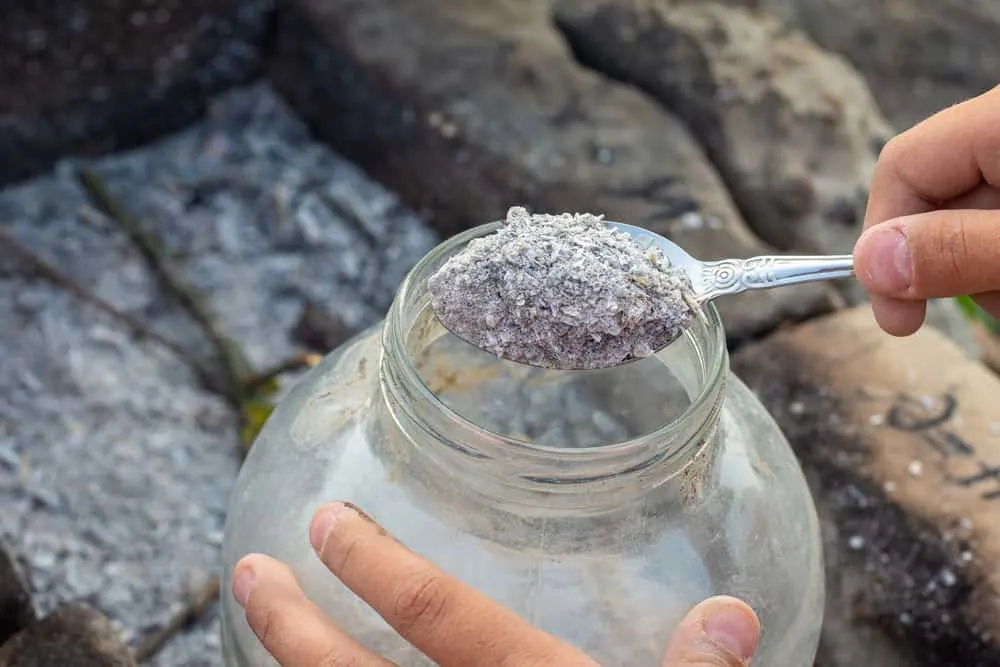
Wood ash should be handled with care. Always allow it to cool completely before use. Never place hot wood ash in your garden – it’s harmful to your plants and you run the risk of starting a fire. And of course, when handling wood ash always wear some sort of protection. Suit up in gloves, protective eyewear, and a mask, and get to it.
Wood Ash Uses In Your Tomato Garden
1. Wood Ash As Fertilizer

Wood ash has many nutrients that your tomatoes will be ready to soak up. Depending on the type of wood you burn – hardwood or softwood – the levels of these nutrients may differ. Some argue hardwood has more nutrients than softwood.
But, no matter what you use, it will likely be rich in potassium, magnesium, and calcium.
Enough calcium not only keeps your tomatoes healthy but also prevents blossom end rot if your soil is calcium-deficient.
Ample potassium is even more necessary. This nutrient helps increase your yield – always a plus. Potassium plays an even bigger role than calcium in the overall health of your tomatoes and the coloring of your fruits. Low levels of potassium in your soil lead to blotchy tomatoes and increase your chance of yellow shoulders.
Magnesium is another must for keeping tomato plant leaves strong and green so they continue to soak up sunlight. Yellowed, curling leaves are often a sign that your soil is lacking magnesium.
An interesting study in Finland found that adding wood ash to your tomatoes does indeed better your chances of hearty tomatoes. As a fertilizer, it increased the size and yield of the fruit. This study also considered adding human urine along with wood ash to your fertilizer. The mixture did improve the overall yield and health of tomatoes, so much so that it was on par with conventional fertilizer.
Don’t worry if you’re shy though – wood ash alone will do just fine.
2. Wood Ash For Soil pH
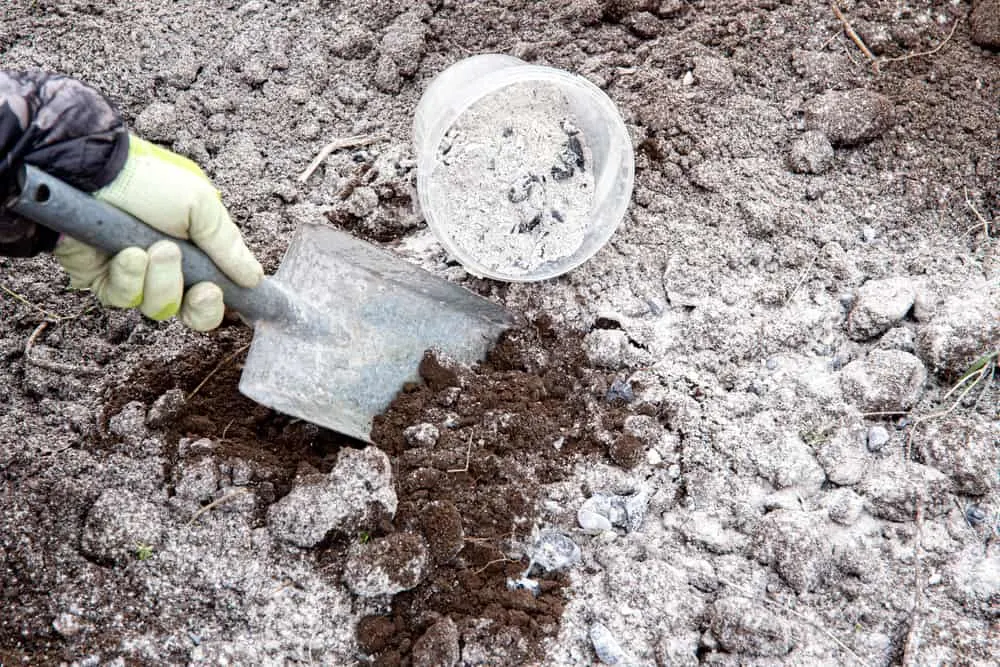
Tomatoes really can be picky sometimes. This is especially true when it comes to their soil needs. As mentioned, tomatoes are nutrient-hungry plants. Not only that, pH is just as important a soil factor as an abundance of nutrients.
Tomatoes tend to prefer slightly acidic soil, with a pH of just under 7. Highly acidic or alkaline soil tends to negatively affect nutrient levels. If you find your tomatoes are looking unhappy, test the soil pH. If it’s lower than that about 6, the soil is far too acidic for your tomatoes to thrive.
Powdered limestone is commonly used to increase pH levels, but why not use wood ash? Agricultural lime can take months for the desired pH change to take hold. Wood ash, being water-soluble and containing lime as well as other nutrients, is far quicker. It won’t change the pH too drastically either, so you won’t be stuck with overly basic soil.
3. Pest Repellent

If slugs and a few other pests are your concern, you’re in luck. Wood ash is great at repelling these nasty pests. The salt in the ash deters slugs, snails, and a few soft-bodied insects like aphids.
Unfortunately, the repelling nature of wood ash does become redundant the minute it gets wet. Sprinkle your dried, cooled wood ash around the base of your plants later in the day. Also, avoid getting the ash on the leaves and stems of your tomatoes to prevent any unwanted damage.
4. Wood Ash In Your Compost Heap
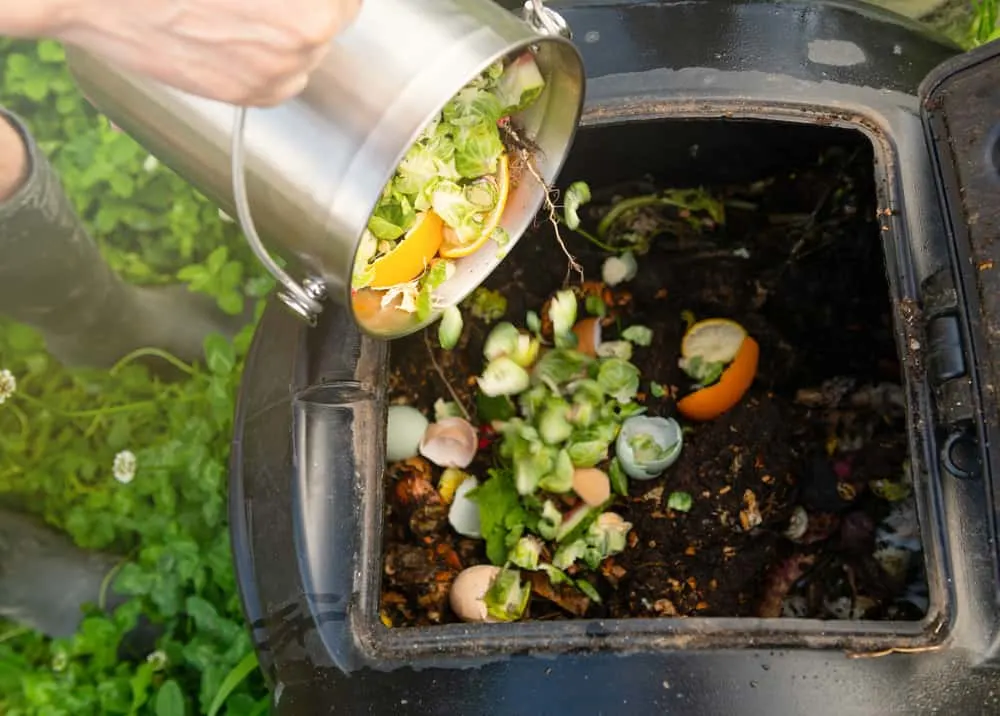
Due to its high levels of potassium and alkalinity, wood ash makes a great addition to your compost heap. Add cooled and dried ash to your heap, along with the other necessary materials, every so often.
Once a month is recommended for active or hot compost piles. For cold or rarely used compost heaps, throw in your ash and materials in summer or spring.
Additional Wood Ash Uses
1. Wood Ash for a Cleaner Home

Wood ash makes a great abrasive cleaner for metals and glass. Just add some water to form a paste and scrub away. It’ll buff up the dirtiest metals and scrub any sticky residue on your windows.
If you find your grill is still fatty and full of grime, some wood ash cleaner will sort that out in no time.
2. Melts Ice And Improves Traction

Like salt, wood ash will help melt the ice along your driveway and reduce the slipperiness on your sidewalk. Be careful not to track it in the house though.
3. Clean Up Spills
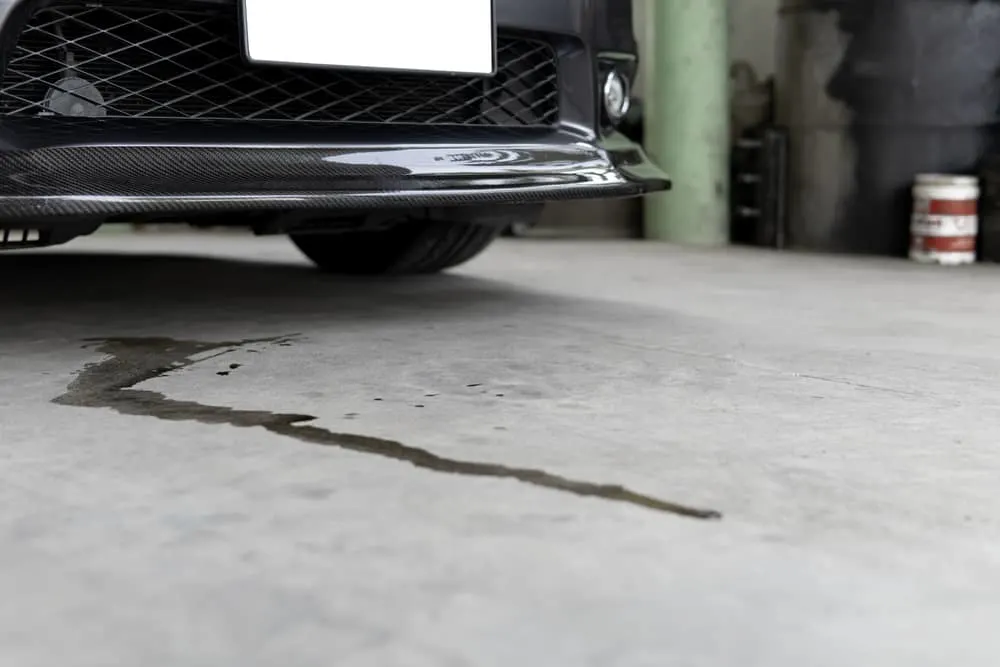
Wood ash loves soaking up water, so it’ll happily absorb many liquids that threaten to stain your driveway. Sprinkle some dried and cooled ash over your fresh spill, wait for it to dry, and sweep it away.
4. For Other Plants

A handful of other plants in your veggie patch will love wood ash as much as your tomatoes. Carrots and other root vegetables will thrive with the added nutrients. And, carrot flies won’t dare come near once you’ve sprinkled some ash around your carrots.
A few other plants that’ll enjoy some wood ash are hydrangeas, garlic, a few citrus plants, and lavender. Roses, lettuces, and chives won’t complain either.
Warnings

There are a few plants that will be negatively affected by wood ash. If you’re growing plants that thrive in acidic soils, then wood ash is not the option for you. Fruit trees, potatoes, parsley, azaleas, and berries are a few examples.
Charcoal ash should not be used as a substitute for wood ash. More often than not, there are chemicals in store-bought charcoal that can damage your tomatoes. Also, make sure that the wood you use has no fuel or wood preservatives. Wood ash from these woods can’t be used near your vegetable crops.
And always remember, a little goes a long way. Rather use too little and add more ash later than start with too much and risk damaging your plants or your compost pile.
Prepping And Storing Wood Ash
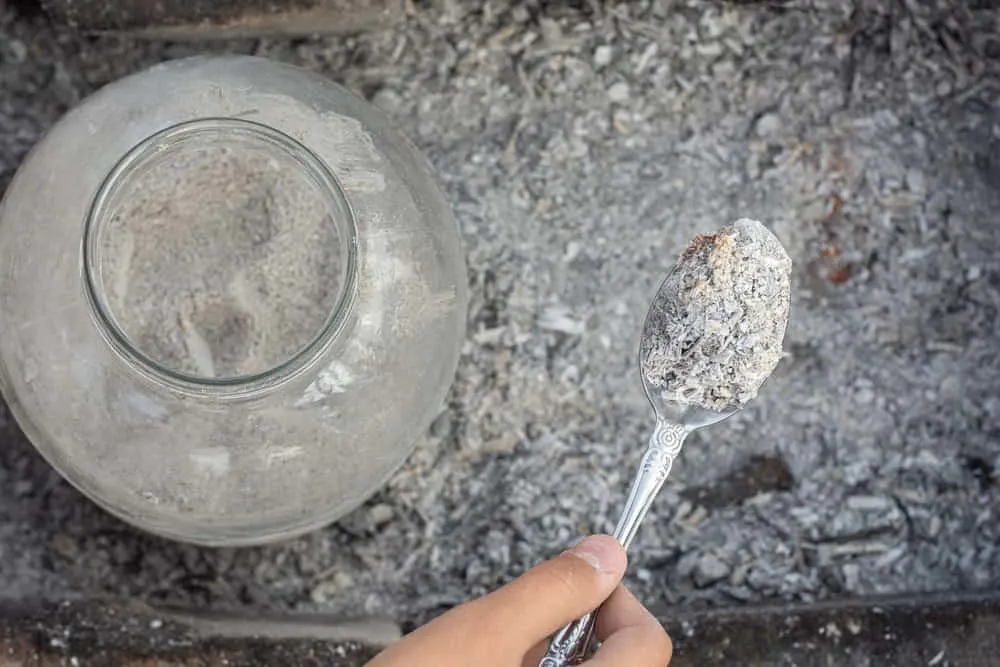
As we’ve mentioned, you’ll want to wait for your ash to cool down before you start handling it. It’s safer for you and your plants. Storing wood ash is as simple as keeping it in an airtight container. Have it easily accessible for you to sprinkle on your lawn, toss in with some soil or mix it into your compost heap.
Wood ash is a great addition to your garden. Many veggies and plants will love you even more for it – especially your tomatoes. The boost in minerals will ensure your best yield yet. You won’t have to worry about the pH of your soil changing too drastically, and you only need to use a small amount to achieve the desired results.
With its handful of other great uses around the home too, why not keep all the wood ash you can?
